Varanasi in Legend and History: Excavations at Shooltankeshwar and Saraswati Udyan
The cultural history of Varanasi, one of the oldest inhabited cities of the world, is woven with a multi-layered composition of myths and folklores. Each important locality of the city has some mythology in its background, which seems to convey a significant happening of the past. Myths have deep roots in our society. Thus, their study is a promising line, capable of revealing the roots of our civilization. The study of the history of Varanasi without mythology, therefore, remains incomplete. The theme of this book, which is a fresh addition to the series, New Discoveries in the History of Varanasi, extends beyond the recording of archaeological findings at Shooltankeshwar and Avimukta-kshetra (Kashi-Vishwanath area). Having a special place in the Shaiva mythology of Varanasi, the material findings of these sites add much to the socio-religious history of the place when scrutinized along with folk-religious traditions. This volume also demonstrates the utility of conjoining the results of scientific analyses of tangible and intangible facets of a multi-layered cultural centre like Varanasi.
The book embodies the details of the findings from the excavations at Shooltankeshwar and Saraswati Udyan. These sites form a part of the long drawn archaeological project to study the history of Varanasi. Incidentally, the twin sites of Saraswati Udyan and Shooltankeshwar also represent the nucleus and periphery of the Shaiva landscape of Kashi. The modern Kashi-Vishwanath temple (Pukka Mahal), in the heart of the city, falls within the Avimukta-kshetra, which according to mythology was the abode of Shiva and his consort Parvati. Although at a distance from Pukka Mahal, Shooltankeshwar is reputed in mythology for witnessing the event when Shiva held the river Ganga on his trident before she was to enter into the city. Archaeological findings from these two sites are also significant for scientific evaluation of the antiquity and genesis of such myths.
In combination with the other excavated sites of Varanasi, these two sites outline the lateral as well as linear historical growth of the settlement pattern of Kashi-kshetra. This book, besides providing authentic data to archaeologists, is also useful for art historians as some of the classic lithic compositions recovered in archaeological context at Saraswati Udyan are documented here. The tales of Ganga-avatarna (descent of Ganga) and Avimukteshwar (the resort of Shiva-Parvati) have been evaluated in the light of archaeological findings. The inferences, thus drawn, are significant for the scholars involved in the study of Indian historical and cultural studies.
Get it now and save 10%
BECOME A MEMBER

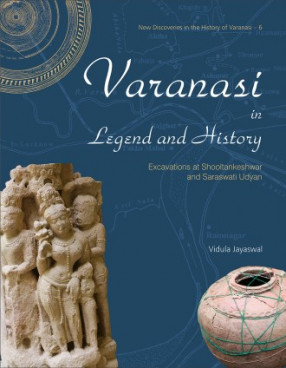
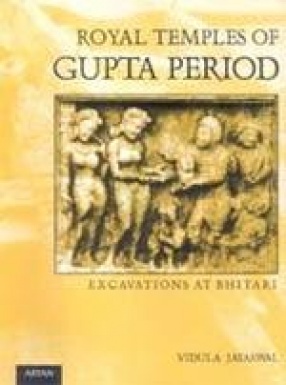


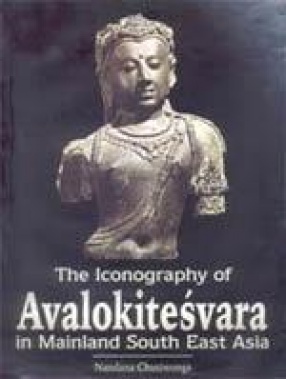
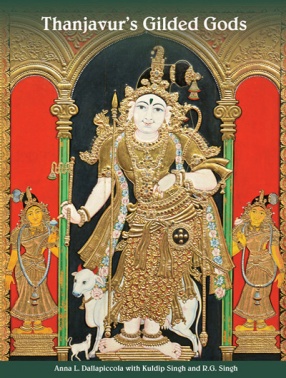
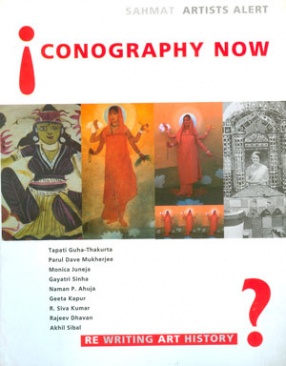
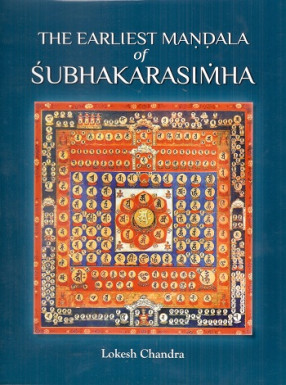

Bibliographic information